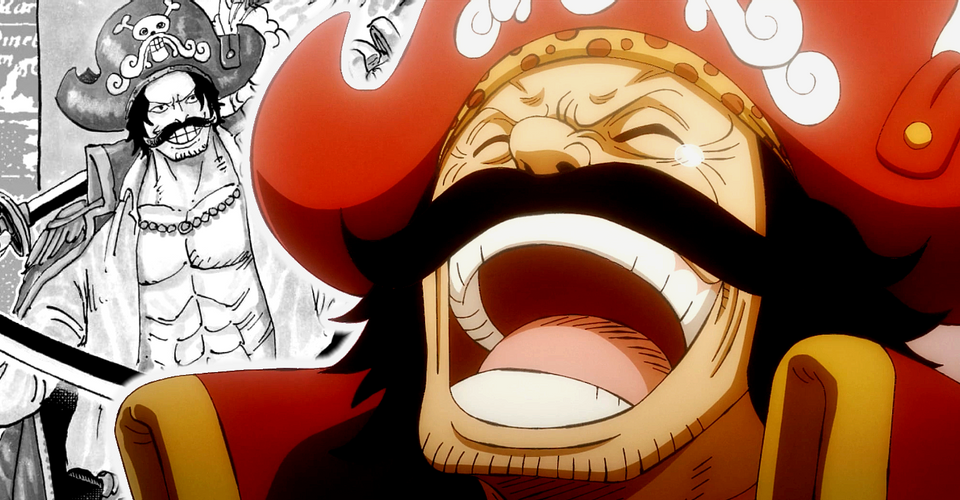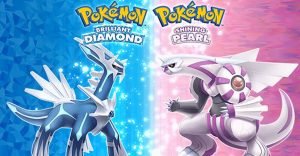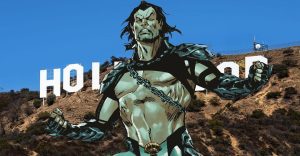Why One Piece Fans Think Gol D. Roger Is Based on a Real Pirate King

Becoming the Pirate King is the dream of Luffy, the protagonist of One Piece, who wants to follow in the footsteps of legendary pirate Gol D. Roger. Many fans of the hit manga series, however, believe Roger is based on an actual “Pirate King” in Japanese history, who became a legendary figure in himself.
In the world of One Piece, the title of Pirate King belonged to only one man in history, Gol D. Roger, who obtained it by reaching the end of the Grand Line and setting foot on the hidden island of Laugh Tale, where a treasure left by a legendary man known as Joy Boy lies. Roger named the treasure One Piece and, after being captured by the World Government, publicly revealed its existence moments before his execution, challenging pirates all over the world to find the One Piece and ushering in the so-called Pirate Age. While the exact nature of the treasure is a mystery that will probably be unveiled only in the final chapters of the manga, reaching it and becoming the Pirate King is the motivation that drives Luffy and his crew, the Straw Hat Pirates.
One Piece creator Eiichiro Oda has drawn inspiration for his manga from a vast array of sources, including both Western culture and Japanese tradition. The names of many characters from the manga were inspired by real-life pirates. For example, series antagonist Marshall D. Teach, “Blackbeard,” takes inspiration from the real Blackbeard, Edward Teach, one of the most infamous pirates in history. Jewelry Bonney borrows from the best known female pirate of the 18th century, Anne Bonny, and “X” Drake takes his name from Sir Francis Drake, famous privateer and explorer. The reference for Gol D. Roger, however, has long been ambiguous. The main theory is that Oda was inspired by Olivier Levasseur, who likewise challenged others to find his own treasure – which still has yet to be discovered. However, others believe the true influence behind the Pirate King figure was Fujiwara no Sumitomo, a Heian period (794 – 1185 AD) nobleman who rebelled against the Japanese central government and turned pirate.

Sumitomo was a local government officer who came from the Fujiwara clan, one of the four powerful families that dominated Japanese politics during the Heian era. He became the provincial governor of the Iyo Pronvince. Dispatched by the Imperial Court to eliminate the pirates plaguing the Seto Inland Sea, Sumitomo ended up taking control of them, starting a rebellion against the central government, around 936, and becoming known as the Pirate King.
At the peak of his power and influence, Sumitomo commanded over 1000 ships, and his influence extended over the whole Seto Inland Sea, thus blocking a major commercial route. For this reason, the Imperial Court dispatched many officers and a large fleet to get rid of Sumitomo, but at the same time another rebellion broke out in the Kanto region, led by Taira no Masakado. This period of strife in Japanese history, known as the Johei and Tengyo War, is reminiscent of the Pirate Age in One Piece, where the World Government tries by all means to crush any opposition to its power. Sumitomo was finally defeated in the battle of Hakata Bay and, just like Roger, he did not die in battle, but while in the hands of the central government.
One final detail could hint at Sumitomo being an inspiration for Eiichiro Oda: his family name, Fujiwara, is oddly similar to the word “mugiwara,” meaning “straw,” used to refer both to Luffy and his crew, in reference to the protagonist’s trademark straw hat. With Gol D Roger being such an important character in One Piece, it is unlikely that Oda is not aware of the history of Fujiwara no Sumitomo, but it will probably remain a mystery if this figure was the actual inspiration behind the best-selling manga in history.
About The Author

















